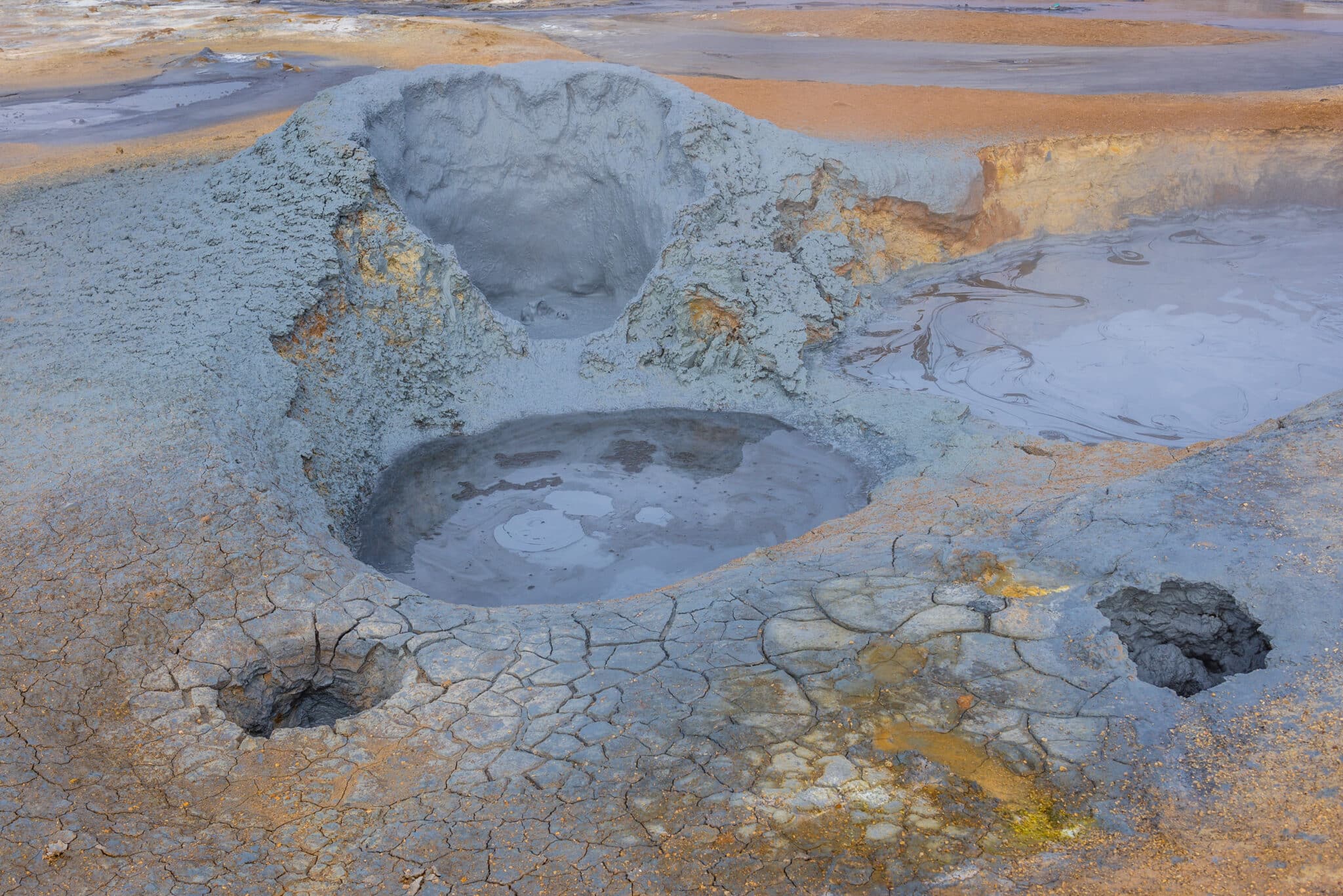The practical challenges of geothermal energy cannot be underestimated, but its achievements have also been remarkable. Better communication between teams and across scientific disciplines could be an important step to unlock even more potential, argues Clare Baxter, Software Solutions for Geothermal and Energy.
While the expansion of the geothermal industry may have so far trailed that of solar and wind, it nonetheless has a major and growing role to play in the pursuit of sustainable energy. As a baseload, it is already responsible for a significant contribution to the world’s global energy output, including direct heat. These figures have increased steadily over more than a decade, and that contribution is only set to rise, with predicted spending of $7.4bn on geothermal programs by 2030. *
And while Geothermal is sometimes considered a costly option compared to other renewables, this may not be a totally fair picture. It can still be less expensive than fossil fuels when all the environmental benefits are considered. As it is not subject to the volatility of international commodity prices during operations, it can add some valued stability to the cost of electricity. And for many countries, geothermal can enhance energy security as well.
Getting to grips with the science
If its advancement has been less dramatic than other forms of green energy, that is perhaps understandable. While solar and wind both have their challenges, there can be comparatively tougher hurdles for geothermal power generation to be successful, requiring both the subsurface and surface systems to be optimally integrated.
Exploration is extensive and costly, as there is a need to have a holistic understanding of the subsurface. At a minimum this requires collaboration of geology, geophysical and geochemical data acquisitions. Unlike solar and wind we cannot directly measure the potential resource. Such uncertainty can therefore make it hard to mobilise the required risk capital for exploration drilling, which is required to confirm the size, temperature, pressure and potential production rate of the resource.
The resource is also dynamic, meaning pressure, temperature and flow rate can all change during the lifetime of operation. The challenge is to understand and make decisions on the right steps to ensure this does not impact the capacity of the power plant output.
But despite these multiple challenges, geoscientists and geoengineers have achieved exceptional feats of research and engineering in the pursuit of spreading the geothermal promise across the world.
Solving a carbon emissions threat to profitability
New Zealand’s Ngāwhā Geothermal Power Station has become the country’s first to achieve net carbon zero status. Despite considerable technical challenges it has succeeded in re-injecting 100% of non-condensable gases, bringing emissions – regularly equivalent to 128,000 tons of CO2 – down to 28,000 tons, with zero on the horizon by the end of 2023. The plant’s original high carbon emissions level had presented a threat to its profitability as 30% of revenue was going to carbon tax. Not only was that risk removed, but owner, Top Energy has also managed to reduce line prices. And by experimenting with tapping points for gas reinjection, the team delivered the solution at a fraction of the original predicted budget.
The future of geothermal is strong. At Seequent we see it as a major resource in the journey of energy transition, and we are committed to supporting innovation in geothermal developments.
Getting to grips with communication
The need for a multidisciplinary approach means good communication and collaboration play an integral role in the success. While you can never underestimate the value of scribbling a good idea on a piece of paper, optimisation in communication can and does enable faster and better decision making .
The science of geothermal energy can be complex and multidisciplinary, with teams needing to collaborate across many expert fields, combining diverse data types and specialities. So this is undoubtedly an industry where good communication can play a crucial part in that success.
Fortunately, of the many intricacies facing the geothermal industry, communication is, in many ways, the easiest to address.
It does not require a new and dramatic leap in technology . Isn’t dependent on huge investment in exploration or research. Doesn’t find itself up against sustainability barriers that need to be overcome. Yet it can have an enormous impact on the speed and efficiency of reconnaissance, understanding, and eventual construction.
Helping teams exchange ideas and work more collaboratively
At Seequent we have spent years perfecting the communicating power of our solutions until the easy exchange of ideas, even the most complex ones, has become second nature for products such as Leapfrog Energy. We’ve seen the difference it can make.
Particularly with geothermal projects in mind, it can easily integrate multidisciplinary data in all file formats to build and analyse comprehensive conceptual models of the subsurface. It enables teams from different specialities to build and share a deeper knowledge of your field, and swap ideas rapidly enough to respond to changing situations in real time.
Its 3D visualisations bring complex models to life in a way that’s easier to understand – even for the uninitiated stakeholder – than graphs or 2D representations.
Efficient project management is built deep into the heart of Leapfrog Energy through Seequent Central, keeping all your data in one place as a single source of truth. And 3D models can be interactively shared with stakeholders and communities anywhere in the world – without additional software – through just a browser and simple web links.
Look out for further blogs where we’ll consider in detail how Leapfrog Energy can bring more insight and understanding to the geothermal world, support analysis, planning and drilling, and help extract maximum value from investments.
*From research, advisory and business intelligence firm Rystad Energy, published in 2022.





